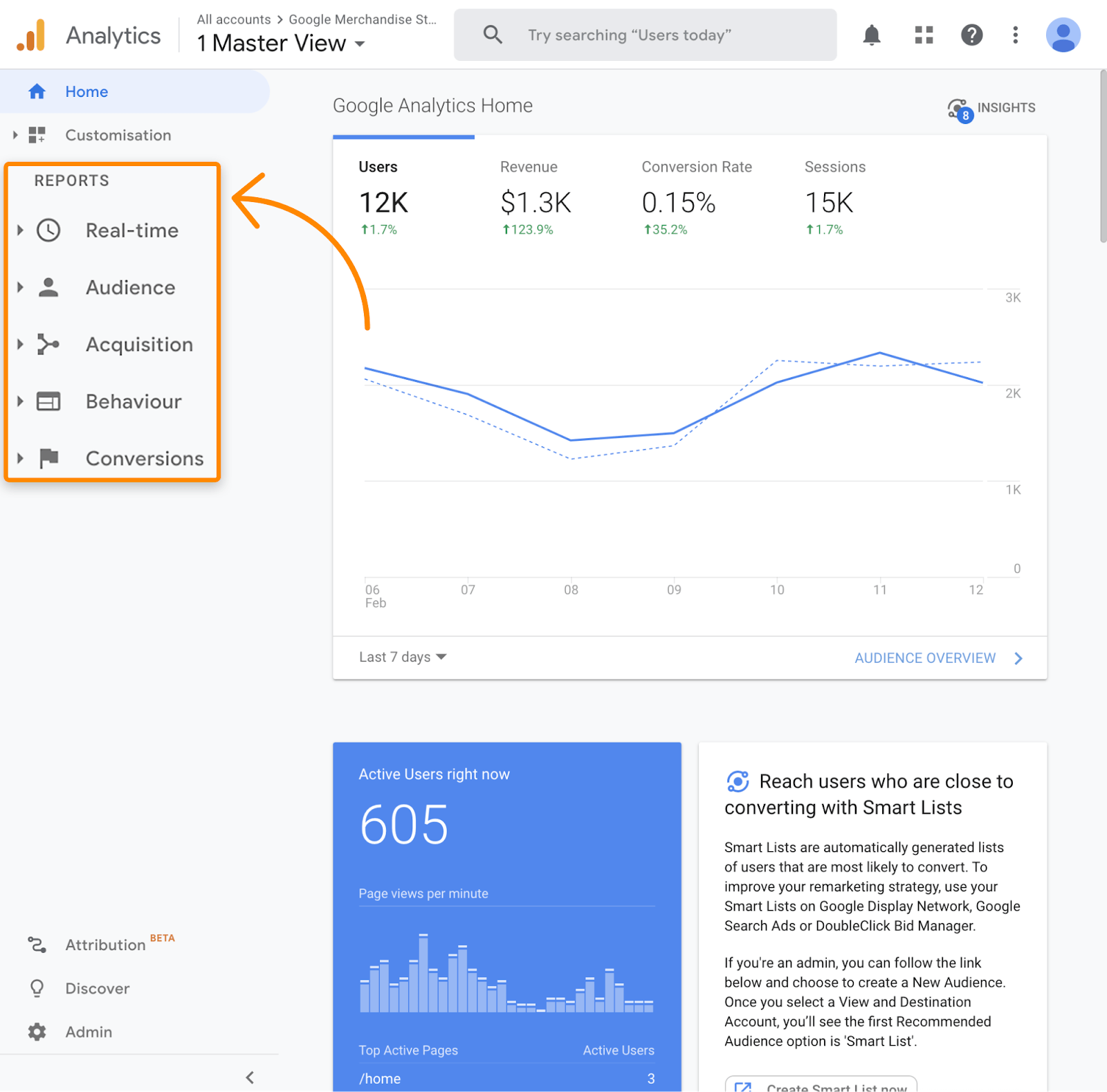Thorough Look at Secondary Dimensions in Google Analytics: Interpretation and Best Practices
Thorough Look at Secondary Dimensions in Google Analytics: Interpretation and Best Practices
Blog Article
Maximizing Your Information Analysis With Additional Measurement in Google Analytics for Informed Decision-Making
In the realm of electronic analytics, the capacity to essence significant insights from information is paramount for making notified choices that drive business success. Google Analytics, an effective device in the hands of digital online marketers and experts, supplies a feature understood as Secondary Dimension. This often-underutilized feature has the possible to reveal a riches of details that can provide a much deeper understanding of user behavior and website performance. By taking advantage of the abilities of Second Measurement, individuals can get an extra extensive sight of their information, enabling them to make calculated choices based upon a much more in-depth and nuanced evaluation.
Recognizing Secondary Dimension Performance
Comprehending the secondary measurement functionality in Google Analytics improves the depth of data analysis by providing extra context to primary metrics. By including a secondary dimension, experts can segment and contrast data, gaining insights that would certainly otherwise stay surprise. This attribute allows users to watch data through different lenses, such as the resource of traffic, user actions, or geographical location, offering an extra thorough understanding of web site performance.
Using second dimensions can disclose patterns and relationships that may not appear when looking entirely at primary metrics. As an example, pairing the primary metric of web page sights with a secondary measurement like tool group can reveal whether particular tools drive more traffic to details web pages. This info can then educate site optimization strategies customized to different device customers.
Executing Second Dimension in Records
Structure upon the insights gotten via secondary dimension evaluation, incorporating these dimensions efficiently right into records in Google Analytics is vital for extracting workable data-driven decisions. what is a secondary dimension in google analytics. By carrying out second measurements in reports, customers can dig much deeper into the efficiency metrics of their internet site or app. This feature allows for a much more detailed evaluation by supplying additional context to the main dimension selected
To implement a second dimension in reports, just browse to the wanted record in Google Analytics and click the "Secondary measurement" tab located over the data table. From there, individuals can select from a large range of second measurements such as 'Source/Medium', 'Device Category', or 'Touchdown Web page'. Choosing the most pertinent additional dimension will depend on the certain understandings you are seeking to uncover.
Making use of additional dimensions in records not just improves the deepness of evaluation however also help in determining trends, patterns, and correlations that may have otherwise gone unnoticed. This critical technique to data analysis allows services to make informed choices that drive growth and success.

Analyzing Data With Additional Dimensions
Upon integrating additional measurements right into information evaluation within Google Analytics, a thorough exam of vital efficiency indications can be achieved, providing useful understandings for critical decision-making. By making use of second dimensions, analysts can further explore their key data dimensions, such as web traffic sources or individual demographics, to uncover patterns or fads that might not be instantly evident. This deeper level of analysis permits a more detailed understanding of customer actions and communications on a web site or digital system.
Analyzing data with secondary dimensions enables marketing experts and view publisher site site owners to address even more certain questions concerning their target market, content efficiency, and advertising efforts. As an example, by incorporating the primary measurement of web traffic sources with a second dimension like geographical location, organizations can determine which regions drive one of the most important traffic to their website. This sort of granular understanding can notify advertising techniques, content creation, and site optimization efforts to much better accommodate the demands and choices of their target market.
Leveraging Secondary Dimensions for Insights
By integrating additional measurements properly, analysts can remove much deeper understandings from information embed in Google Analytics, improving the understanding of individual actions and performance metrics. Leveraging additional measurements includes combining various features or metrics with primary information to reveal patterns and trends that may not be noticeable initially glimpse. As an example, by adding a second dimension such as 'Gadget Group' to a report on internet site traffic, analysts can determine whether customer habits differs throughout various devices like desktops, smart phones, or tablet computers.
Moreover, using second measurements permits analysts to segment data much more granularly, enabling them to identify certain target market sectors or geographical places that show unique habits. what is a secondary dimension in google analytics. This division can be critical in tailoring click for more info advertising techniques, enhancing site content, or improving customer experience based upon the special features of each section
Basically, leveraging secondary dimensions in Google Analytics encourages experts to dig deeper into information, acquire significant understandings, and make educated choices that drive service development and success.
Enhancing Decision-Making With Second Measurements
Making use of second measurements in data evaluation gives a strategic benefit by uncovering actionable understandings that drive informed decision-making in Google Analytics. By enhancing decision-making through additional dimensions, customers can dig deeper right into their data to remove important information that might not be promptly obvious. These additional measurements provide an even more thorough view of customer habits, communications, and results, enabling experts to make more enlightened decisions based upon concrete data.
Via the use of secondary measurements, analysts can section and filter information to recognize patterns, patterns, and relationships that may affect decision-making procedures. This improved degree of granularity permits a much more targeted strategy to evaluating information, resulting in even more accurate and insightful final thoughts.
Moreover, additional measurements offer the possibility to compare various information points alongside, assisting in an extra complete evaluation of performance metrics and KPIs. By leveraging second dimensions successfully, businesses can optimize their methods, boost user experiences, and eventually attain their goals with confidence.
Verdict

Structure upon the insights acquired through additional dimension evaluation, incorporating these measurements efficiently right click here for more into records in Google Analytics is important for removing workable data-driven decisions.To execute a second measurement in reports, simply browse to the wanted record in Google Analytics and click on the "Secondary measurement" tab situated over the data table. By using additional measurements, analysts can even more explore their key data measurements, such as traffic resources or user demographics, to discover patterns or fads that may not be immediately obvious. By integrating the key dimension of web traffic resources with a secondary dimension like geographical area, services can identify which areas drive the most valuable website traffic to their website.By including second measurements properly, experts can extract much deeper understandings from information collections in Google Analytics, improving the understanding of individual habits and performance metrics.
Report this page